William Eggleston
Election Eve
1976
William Eggleston made these photographs in and around Plains, Georgia—and along the route of his journey there from Mississippi—on the eve of the 1976 Presidential election. It might seem obvious why a young photographer who had spent most of his working life recording aspects of the South should make a pilgrimage to Plains in late October of 1976. Whether it succeeded or not, Carter’s bid for the Presidency, directed largely from his hometown in Sumter County, promised to be a kind of hinge in modern Southern history—at once a confirmation and a harbinger of change. But in fact Eggleston’s intentions, in so far as they can be read, and the images he actually brought back from Plains are anything but obvious. The photographs have a quietude and unsentimental romanticism, as well as an edge of poignance, which belie the expectations of hopefulness or portentousness suggested by a knowledge of the time and place in which they were made. On the eve of the election, when nothing had yet been decided, when everything—whatever that everything was—hung in the balance, Eggleston made an elegy … a statement of perfect calm.
To say, however, that these photographs are romantic, sorrowful and quiet is not to imply that they are easy or in any sense comforting. They are richer and more sensual in some ways than Eggleston’s other work, but they are no less penetrating or unsettling. In them Eggleston seems bent, as always, on recording those unremarked units of spatial perception by which the everyday world is unconsciously ordered. He resembles in that ambition a very young child, who also wants to know where the hidden forces of the world collect, what spaces are thereby forgotten or specially confirmed. Eggleston’s photographs of vacant, deserted roads, for example, record lively and dense spaces, full of phantoms of memory and potential, exactly like the empty stage in some ballets after the curtain has risen, before the dancers enter … or like the baseball diamond between innings.
Eggleston, as you can see by the place names attached to these images, began taking photographs for his “Plains Essay” even before he left his home in Memphis. And when he got to Sumter County, Georgia, he circled its most famous city warily, photographing the outlying countryside and the nearby fields and villages. His reluctance to zero in too hastily on Carter’s hometown was an indication, partly, of his purposes in making this series of images. He wanted to record Plains in the true context of its life as a Southern town: as a tiny waystation on roads leading to other, more vital places … as the hub of a very small agricultural wheel. And this he has done—as no other “outside” observer of Plains has, quite. These photographs show us a place strikingly different from the one whose image was so carefully edited and construed for us by the media.
And of course Eggleston has given us a portrait of Plains as it will never be again, as even its residents may no longer be able to see it. Plains is now a juncture of history, an attraction, a symbol. The mundane, prosaic places recorded here—and revealed as extraordinary in the frank gaze of Eggleston’s camera—will not entirely disappear overnight. But they will be lost to us all the same, in time, because of what we will look for in Plains now. Only children, and older residents in memory, will have untrained access to Plains as it appears here.
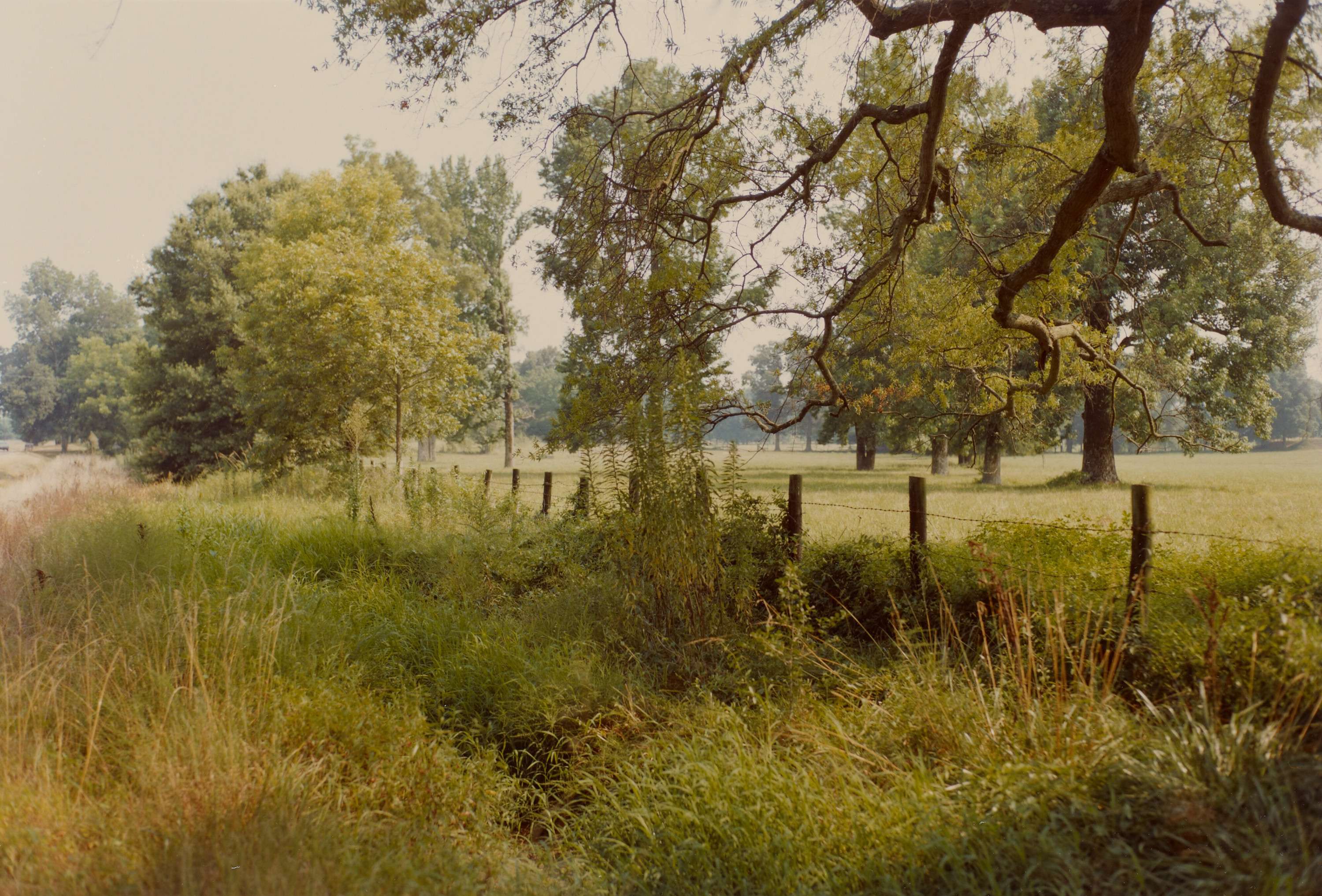
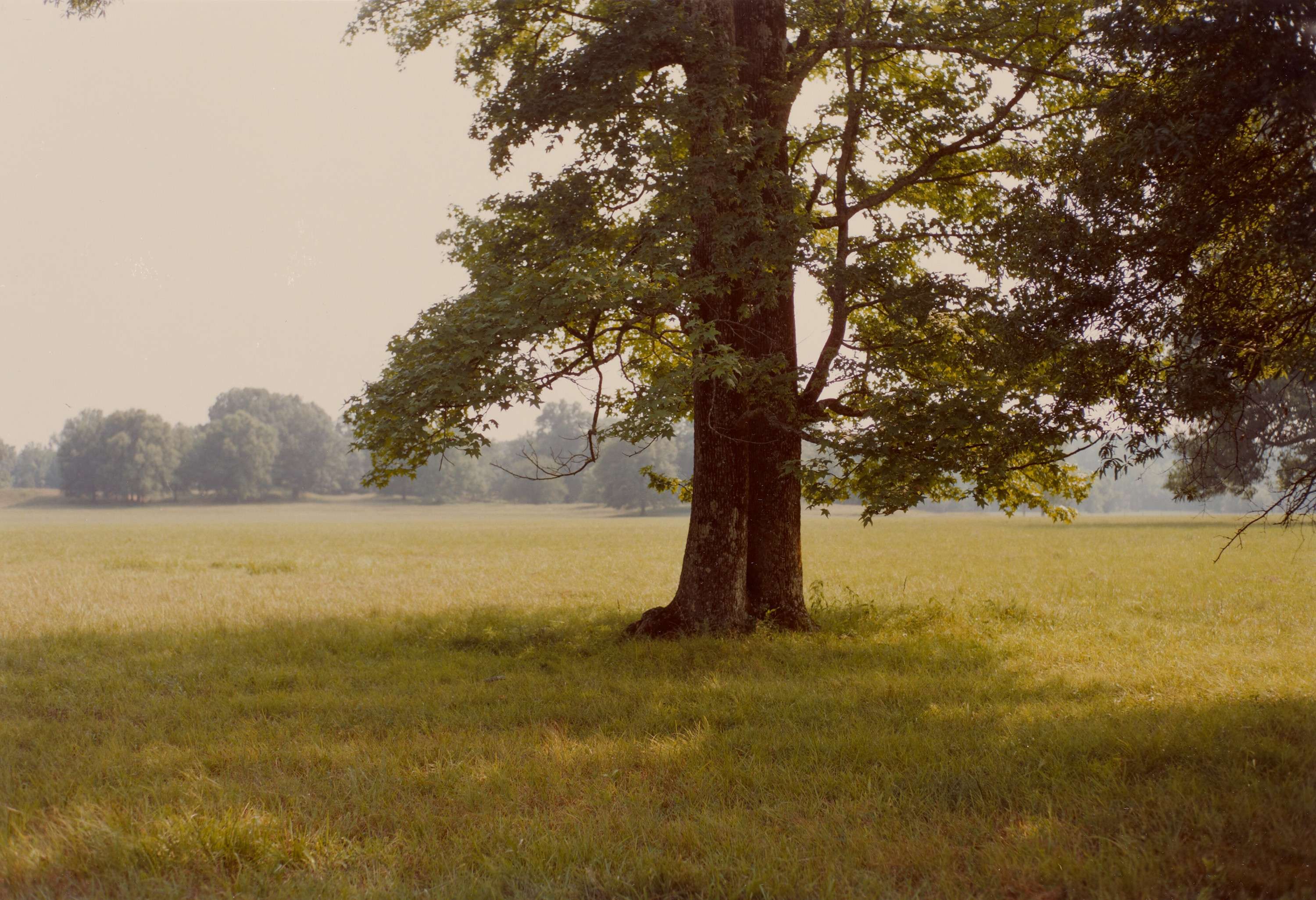
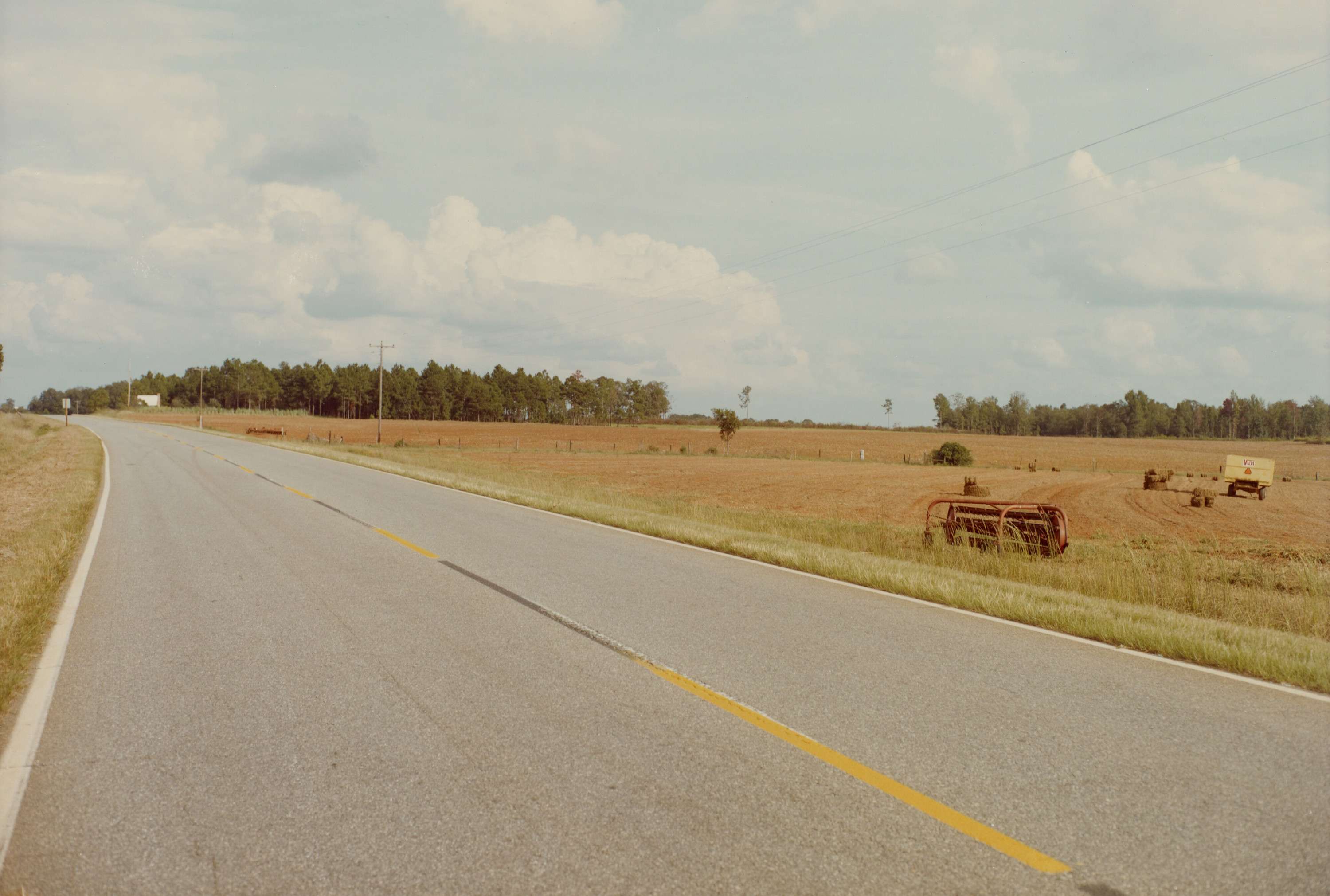
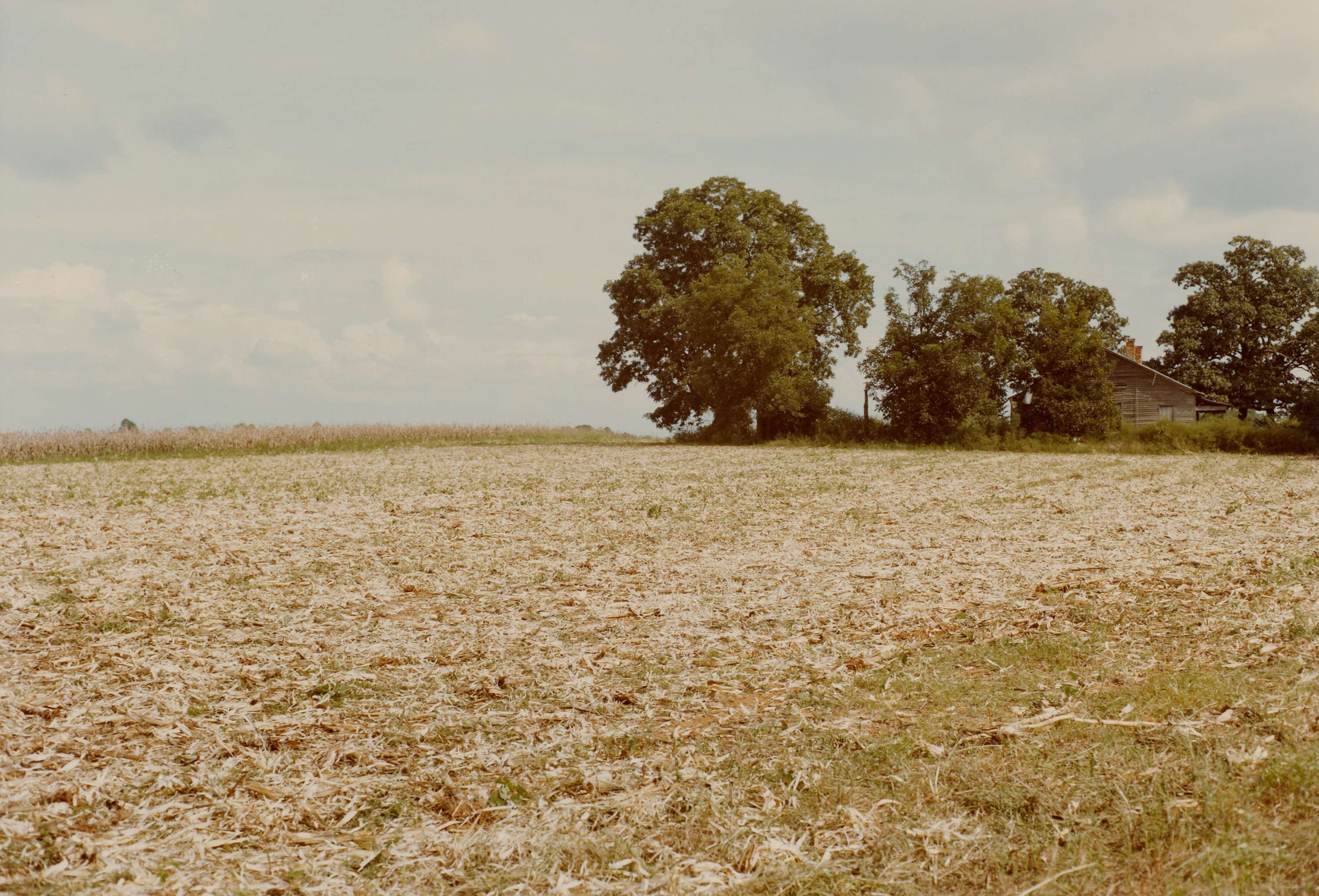
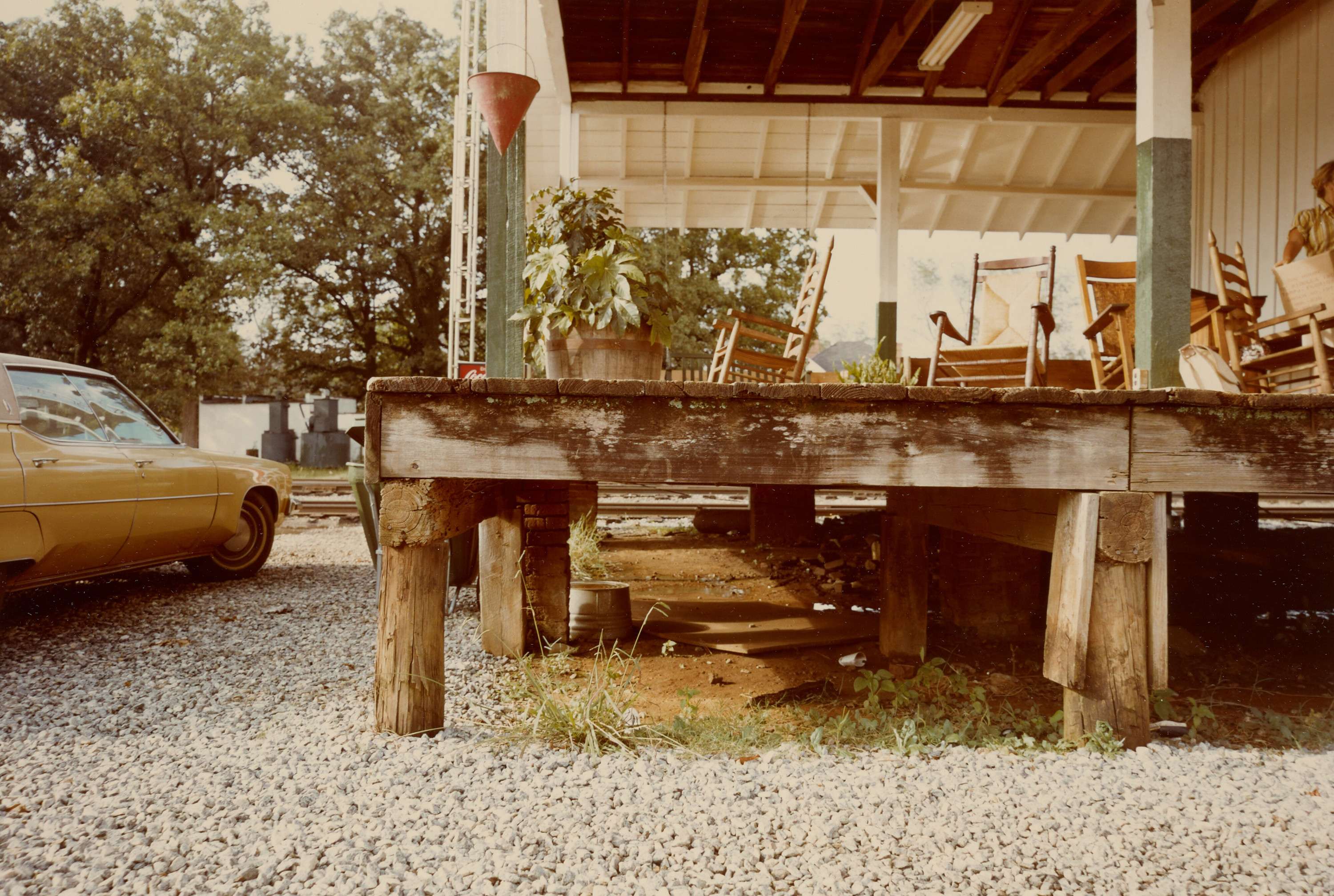
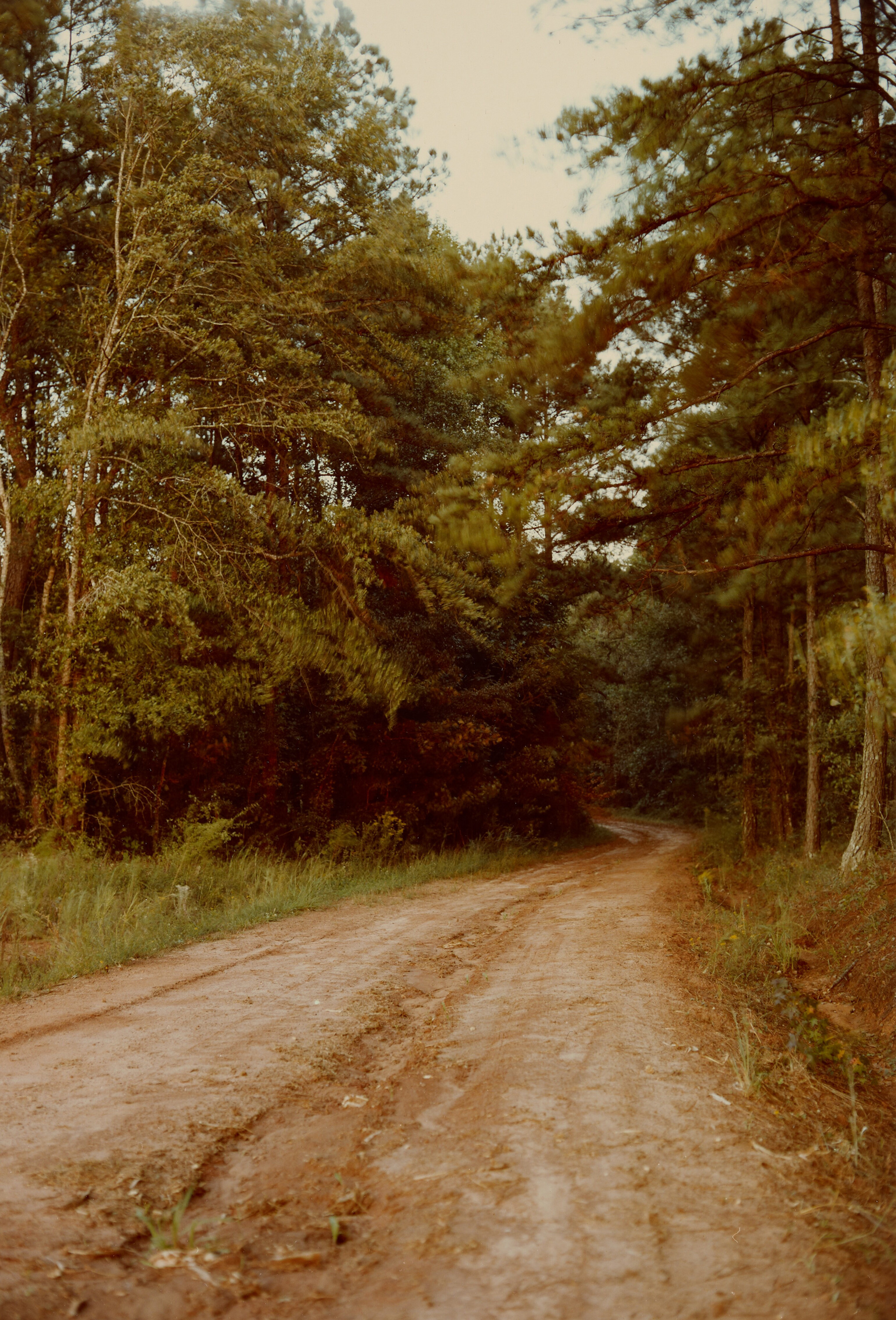
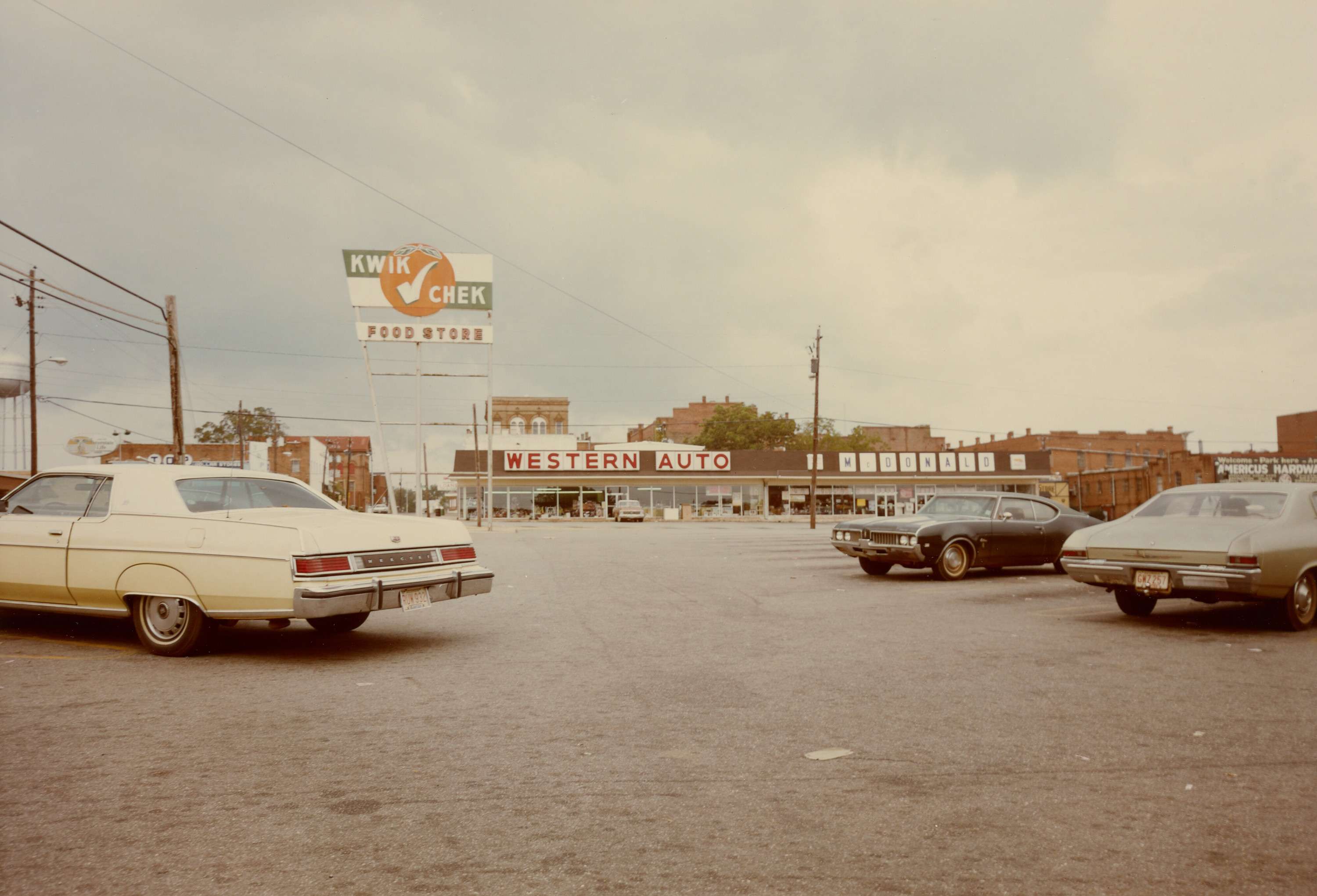
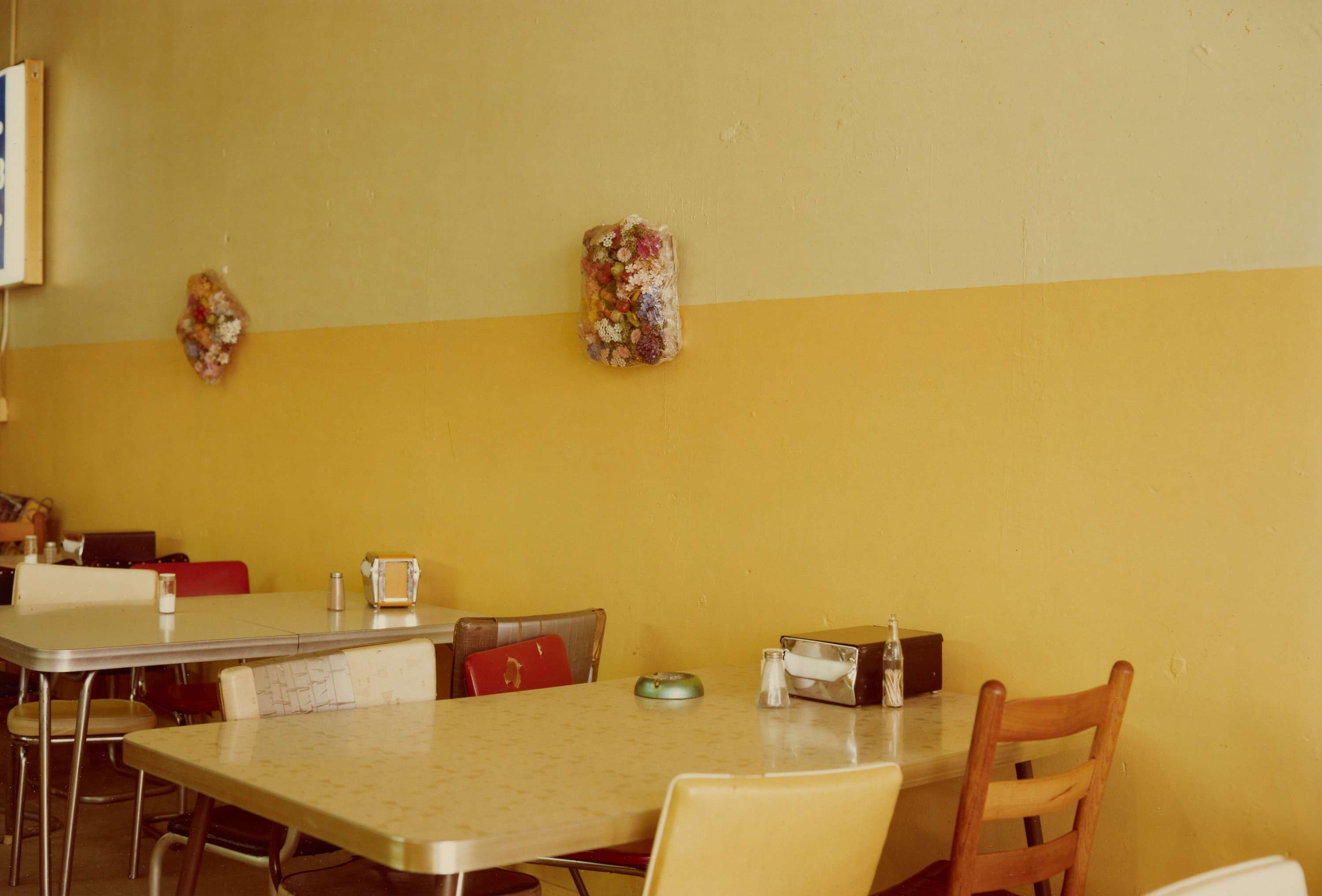
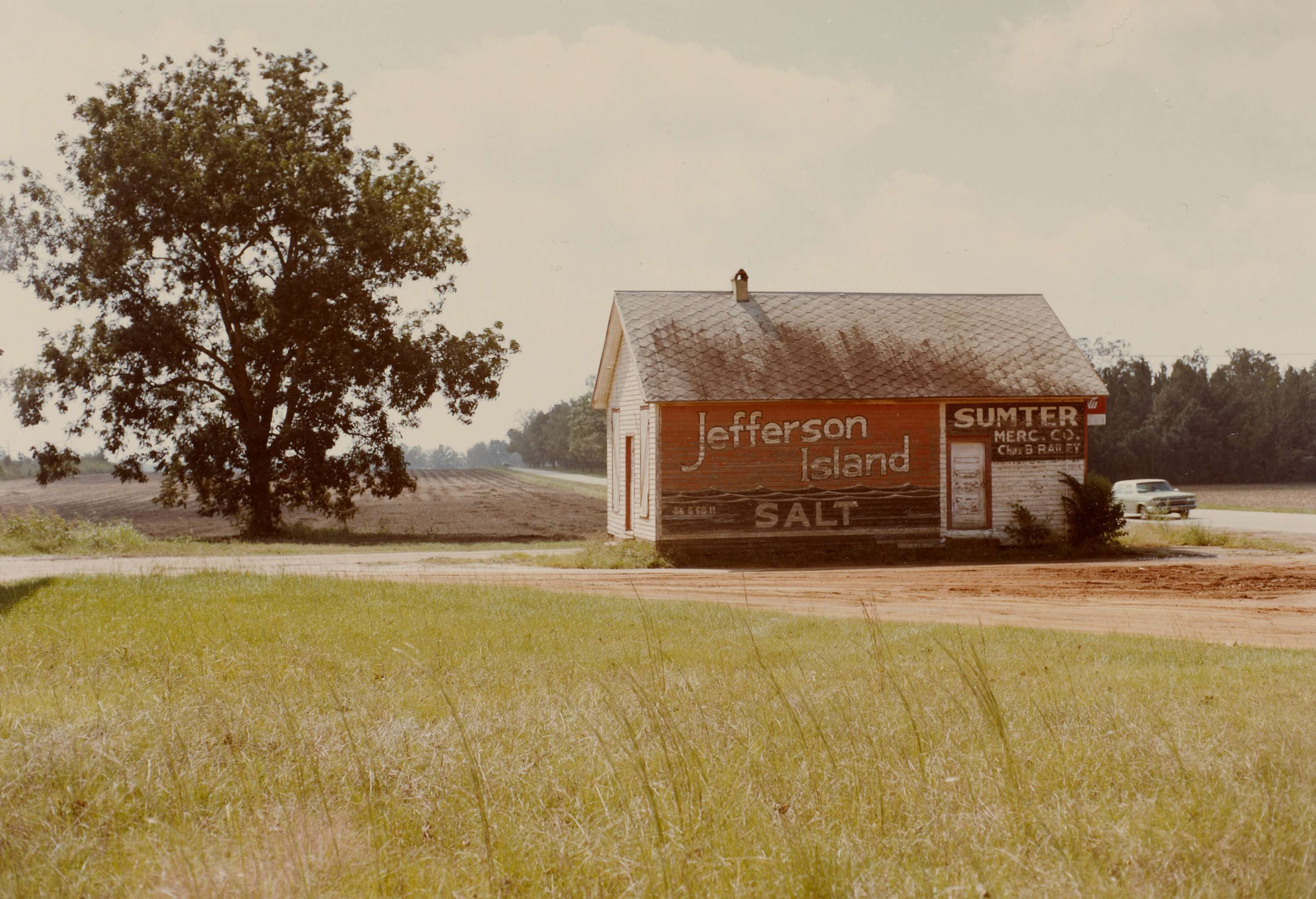
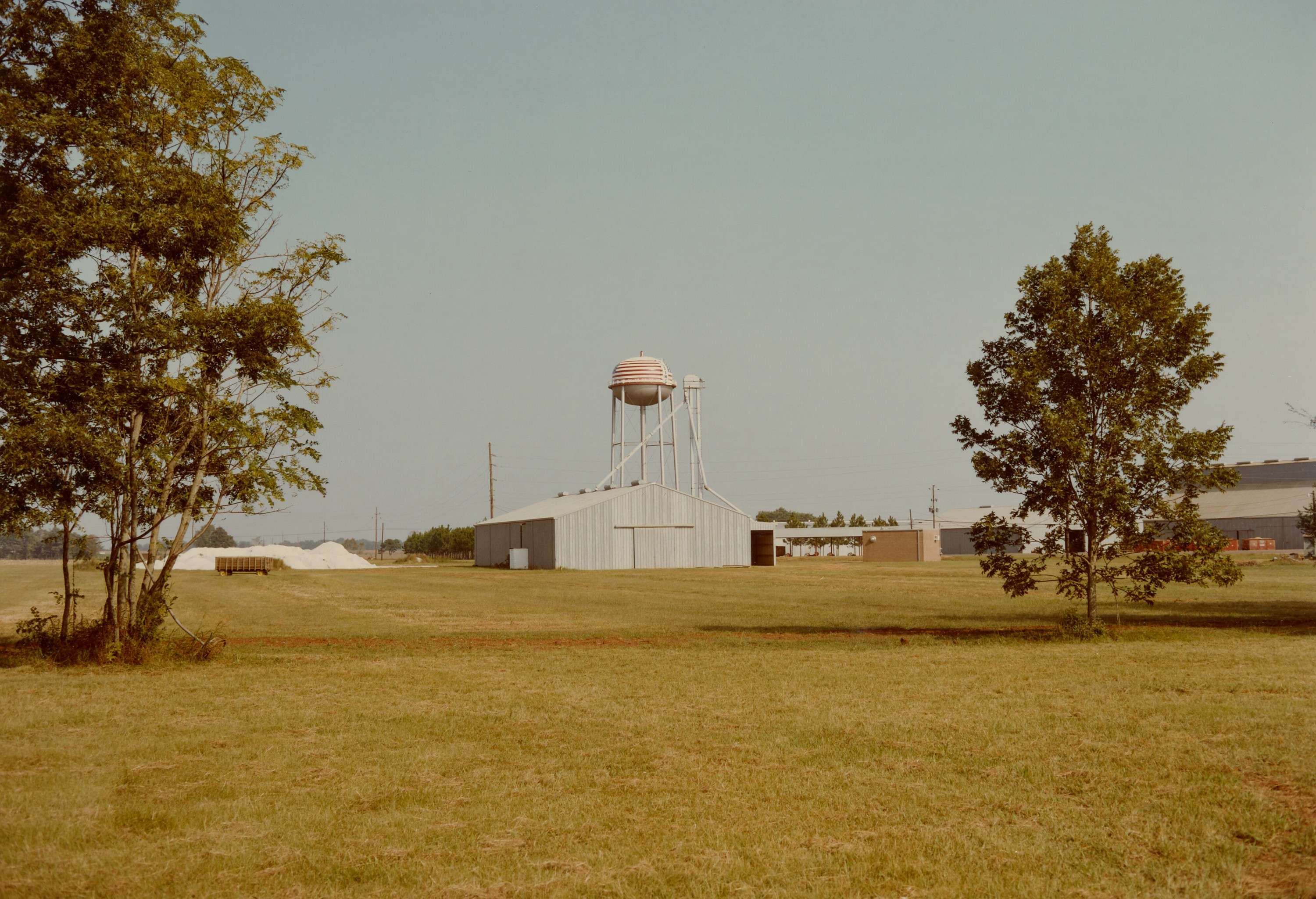
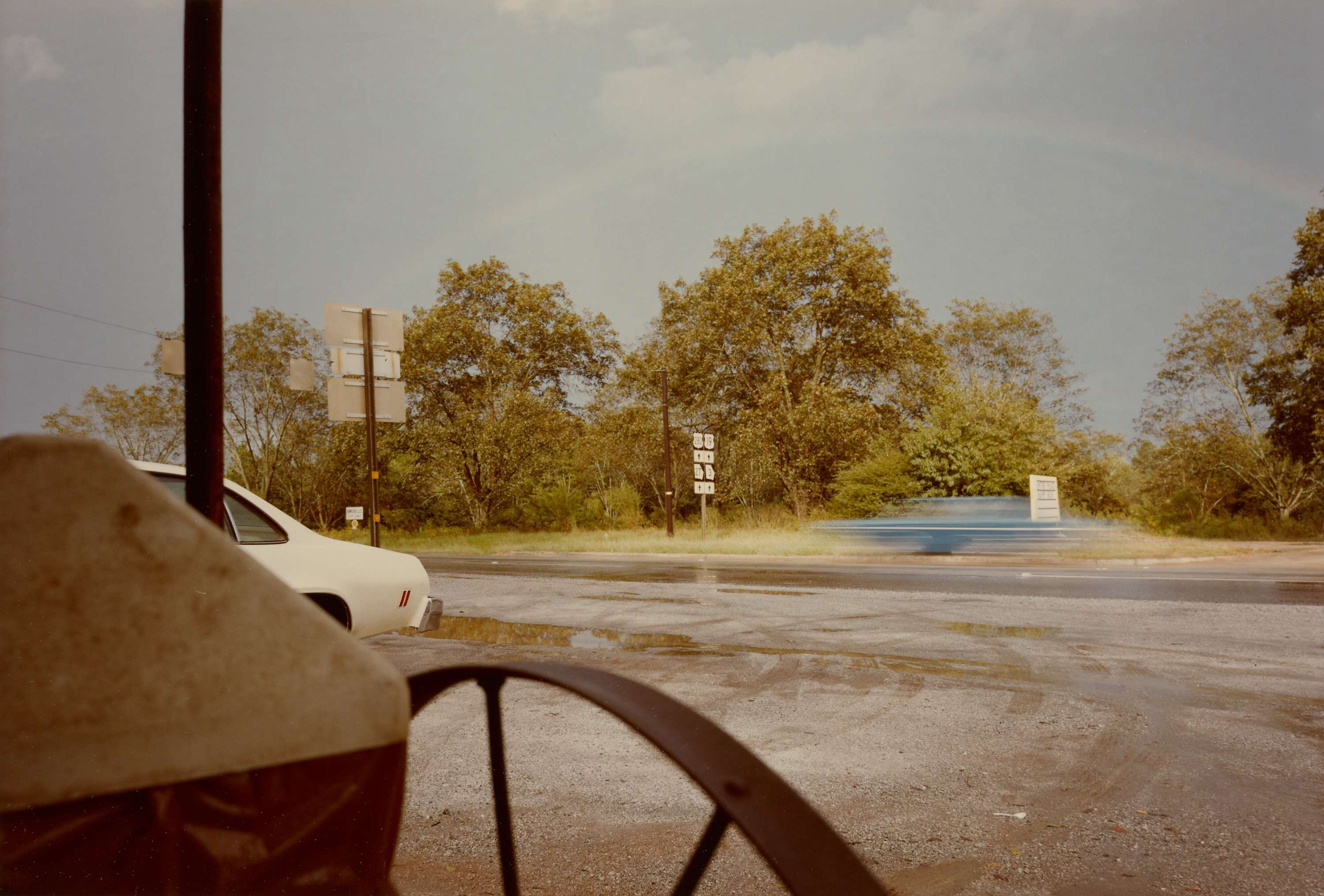
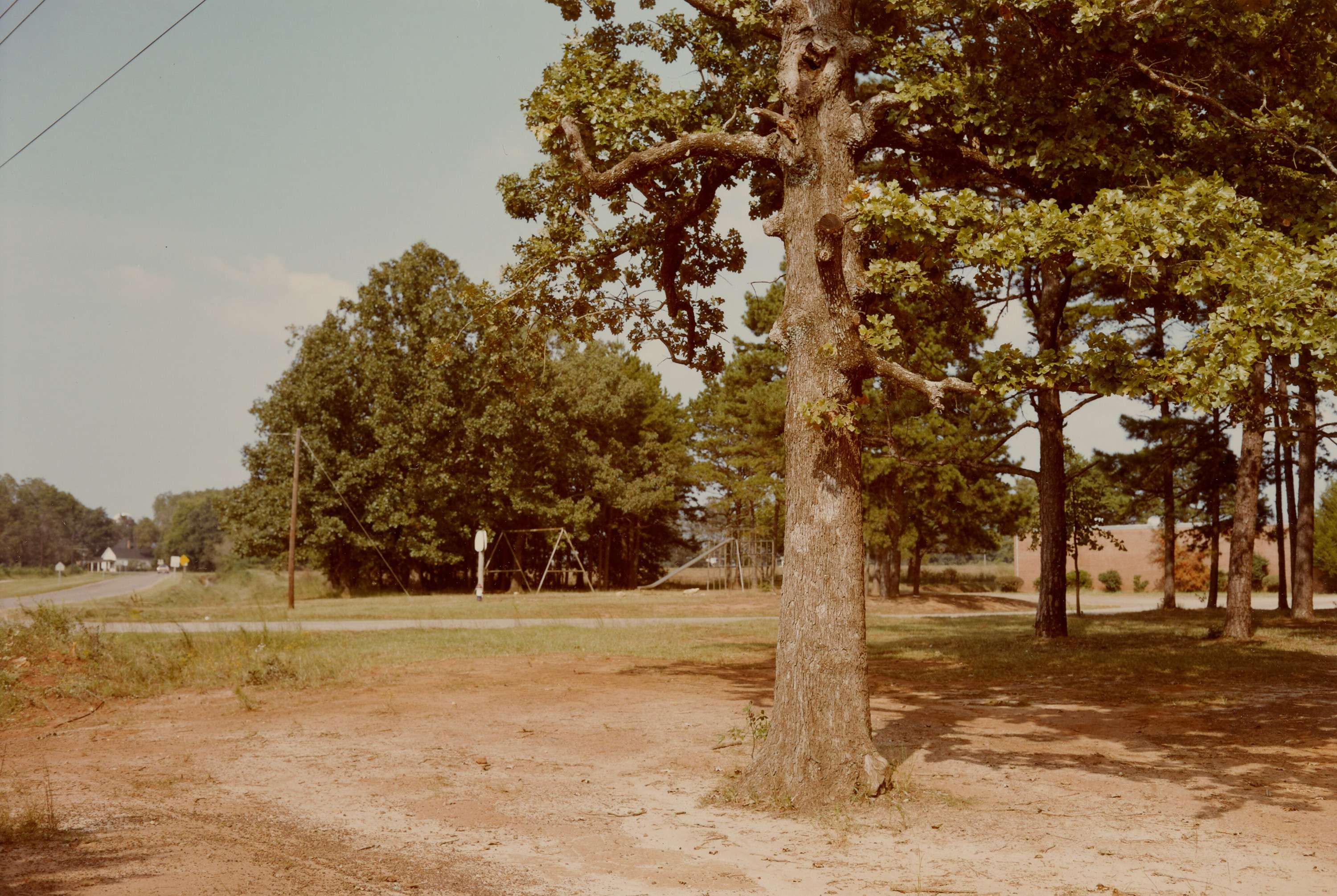
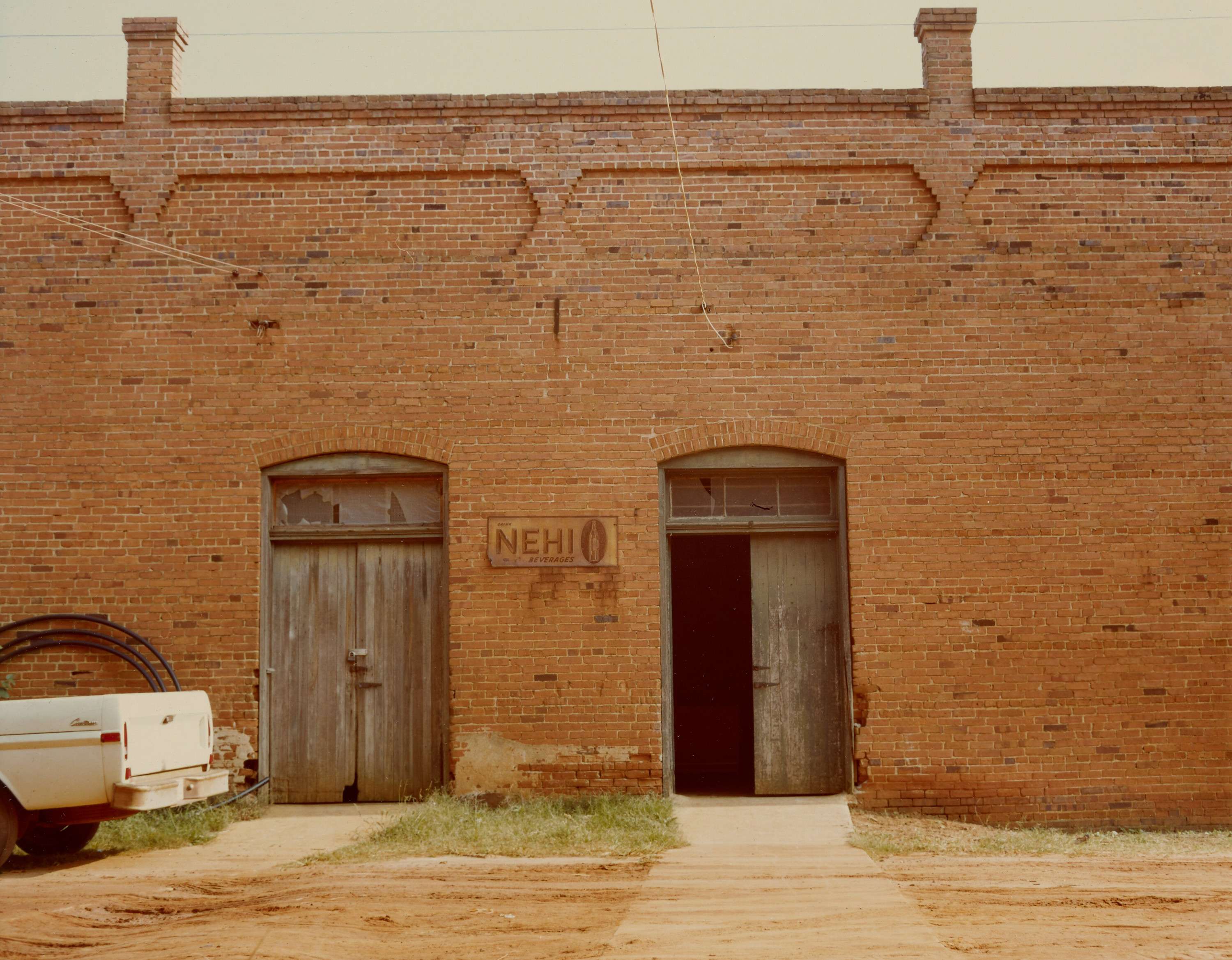
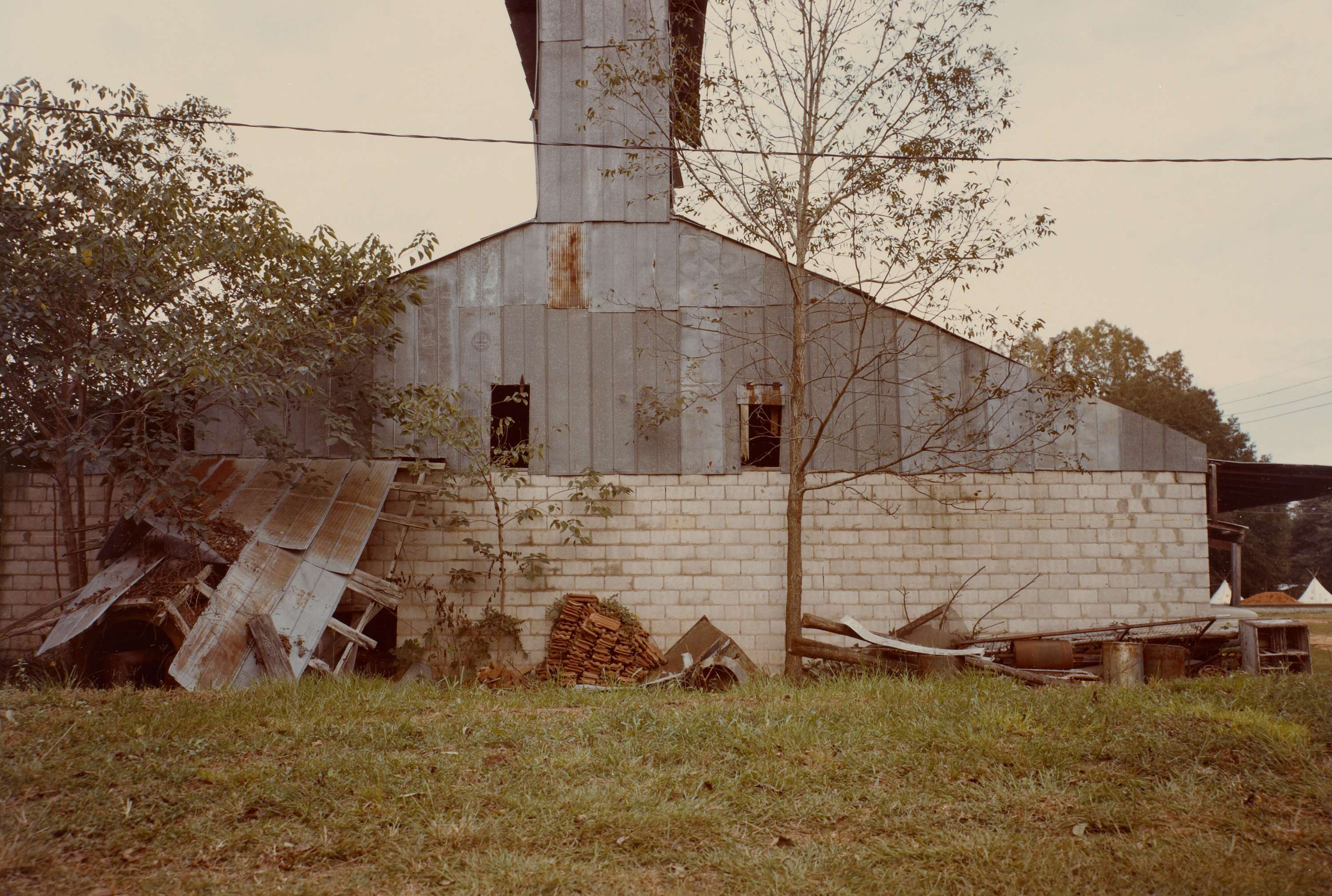
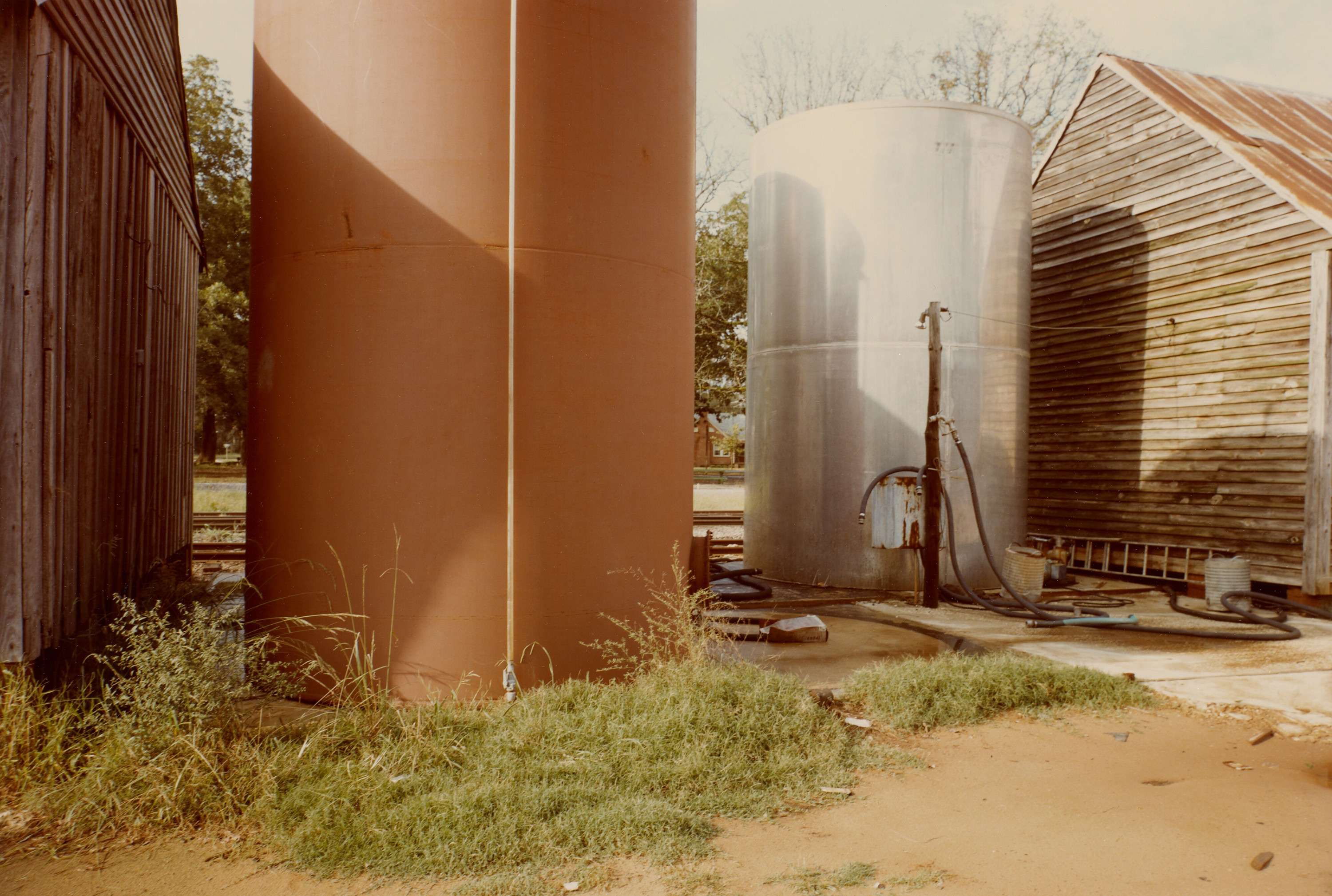
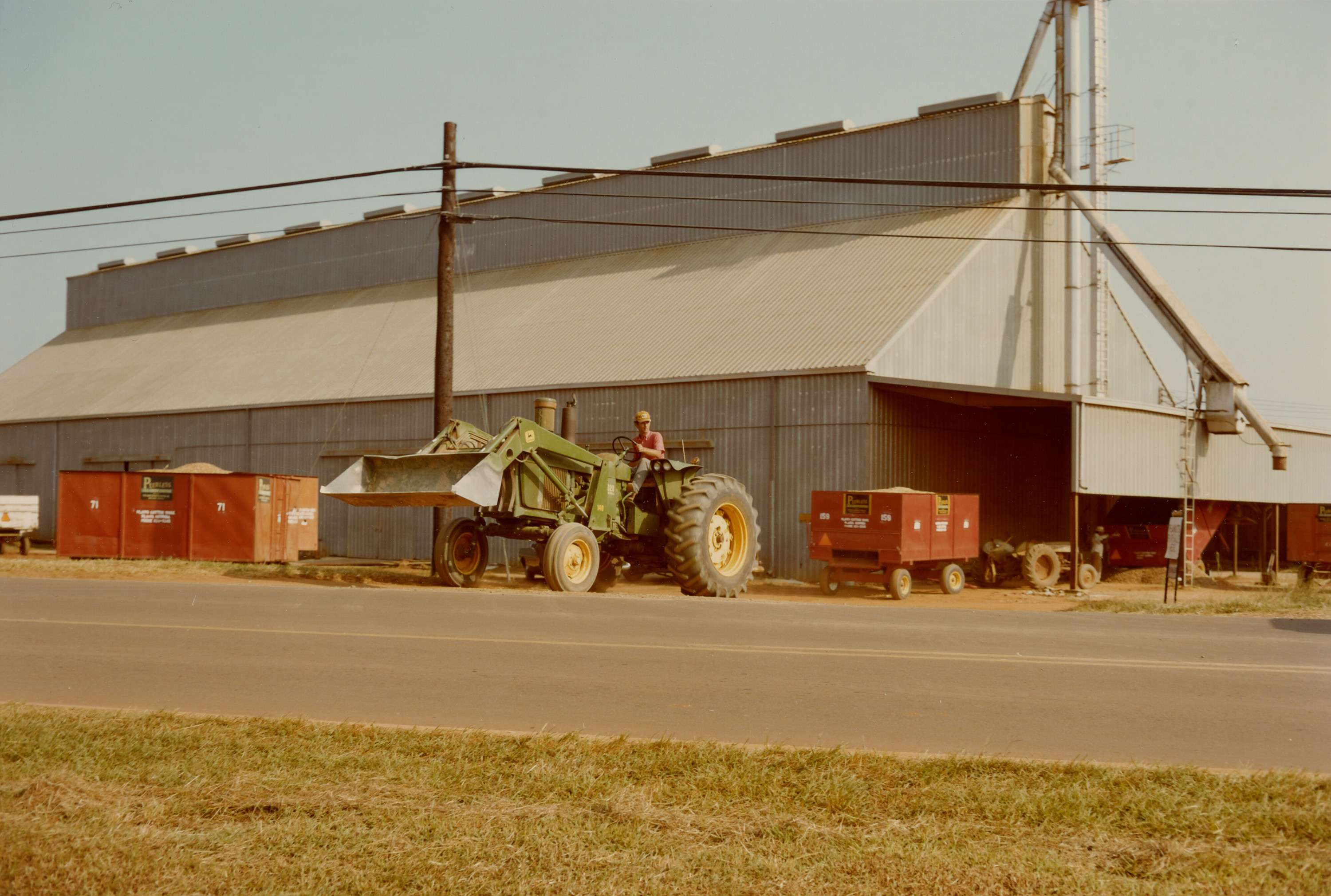
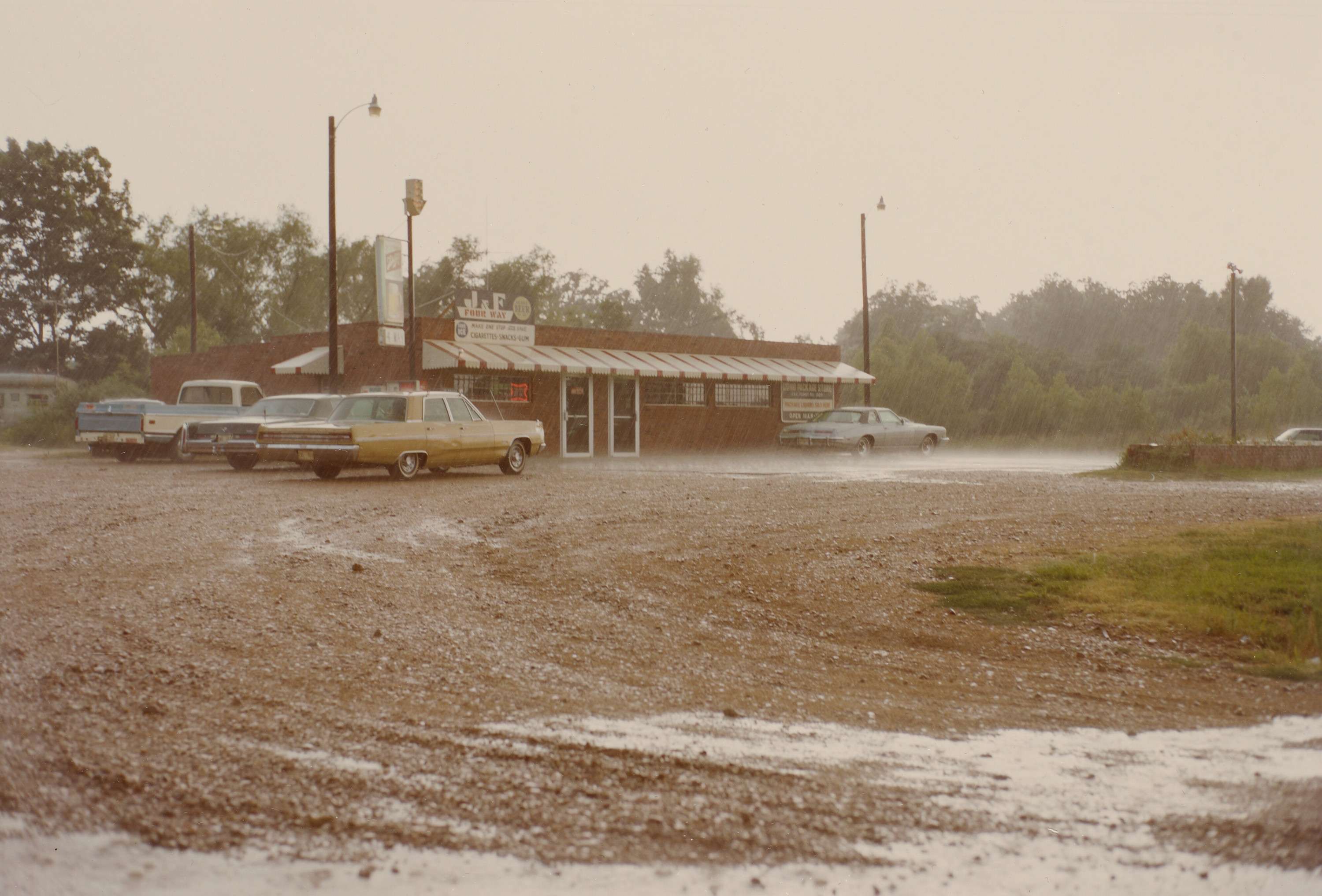
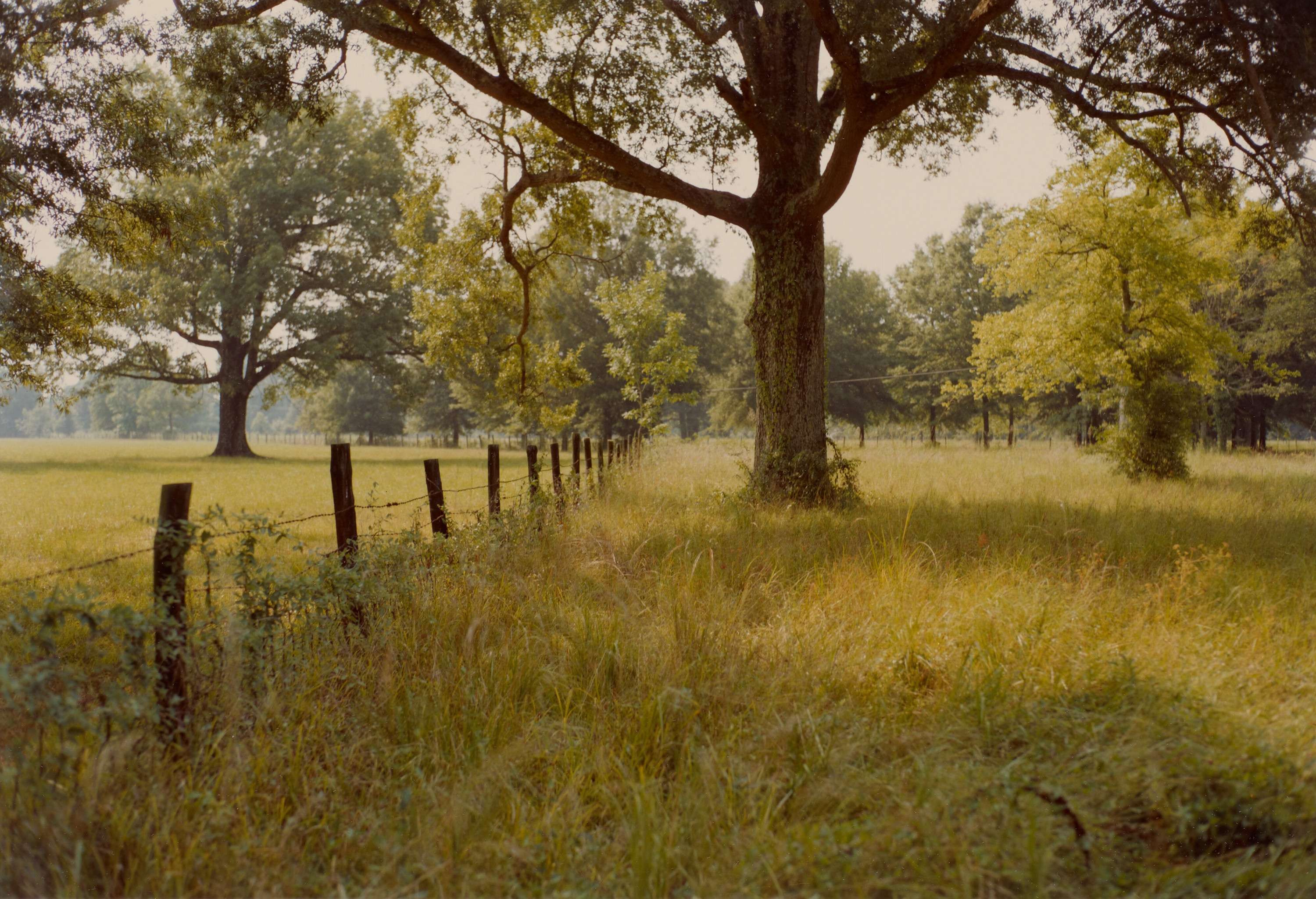
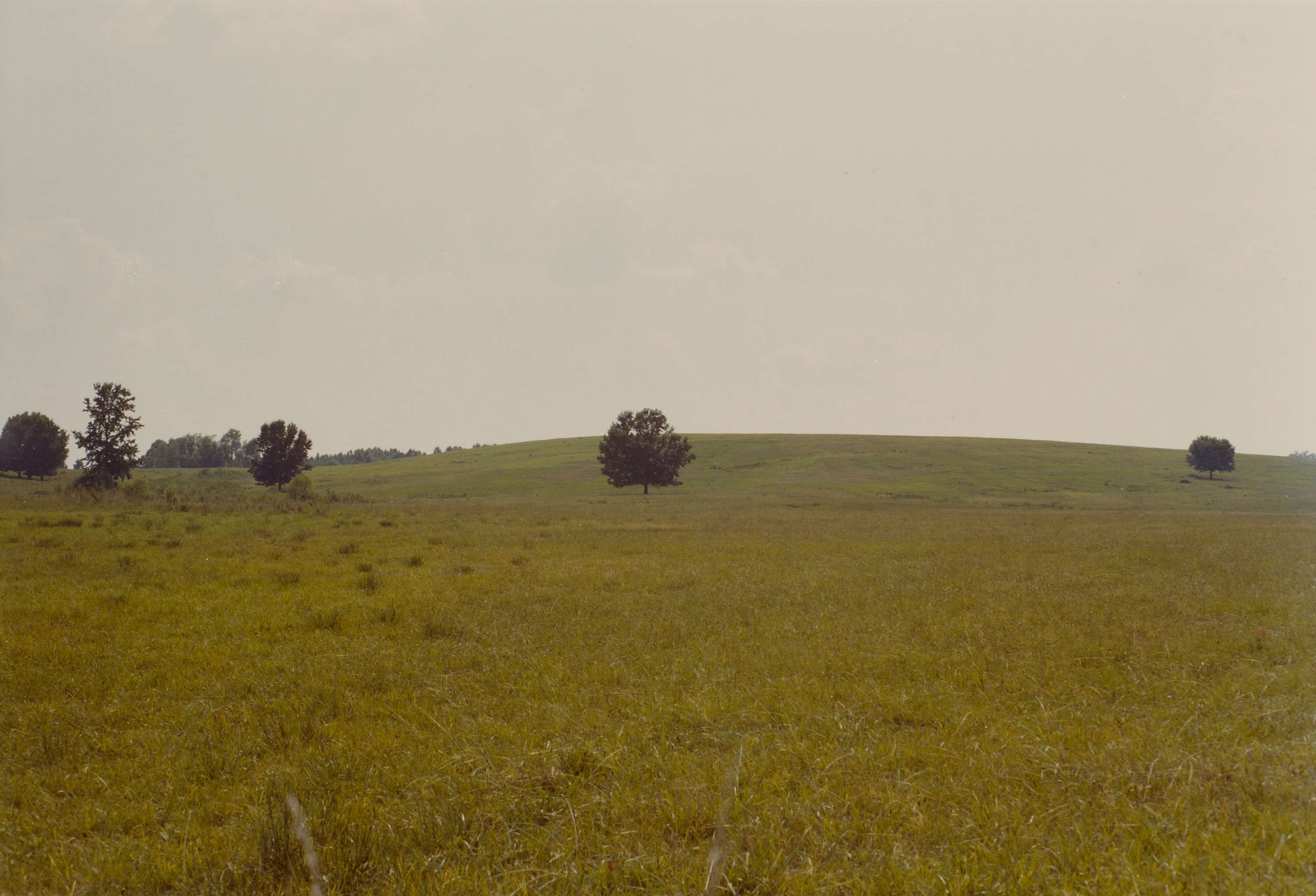
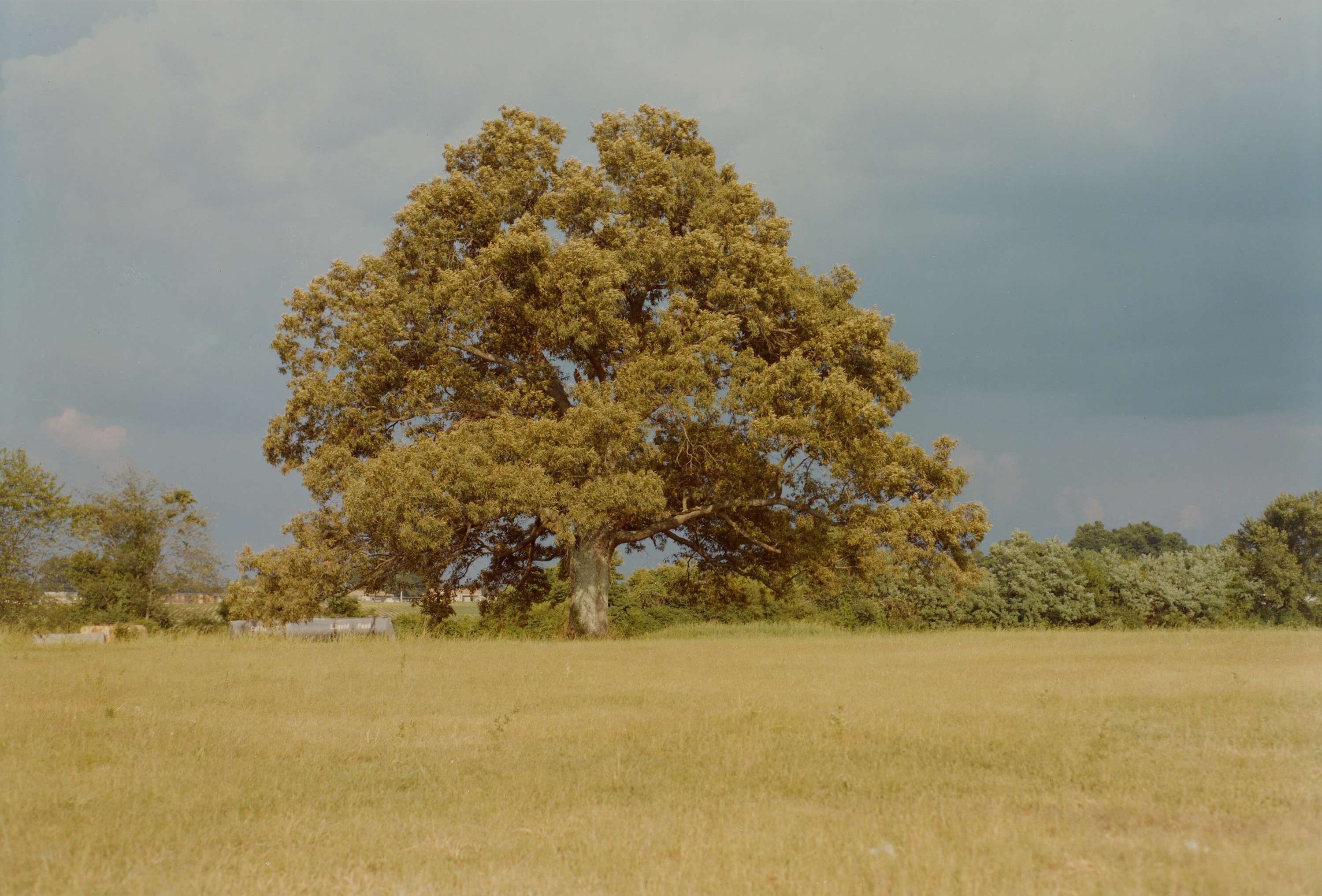
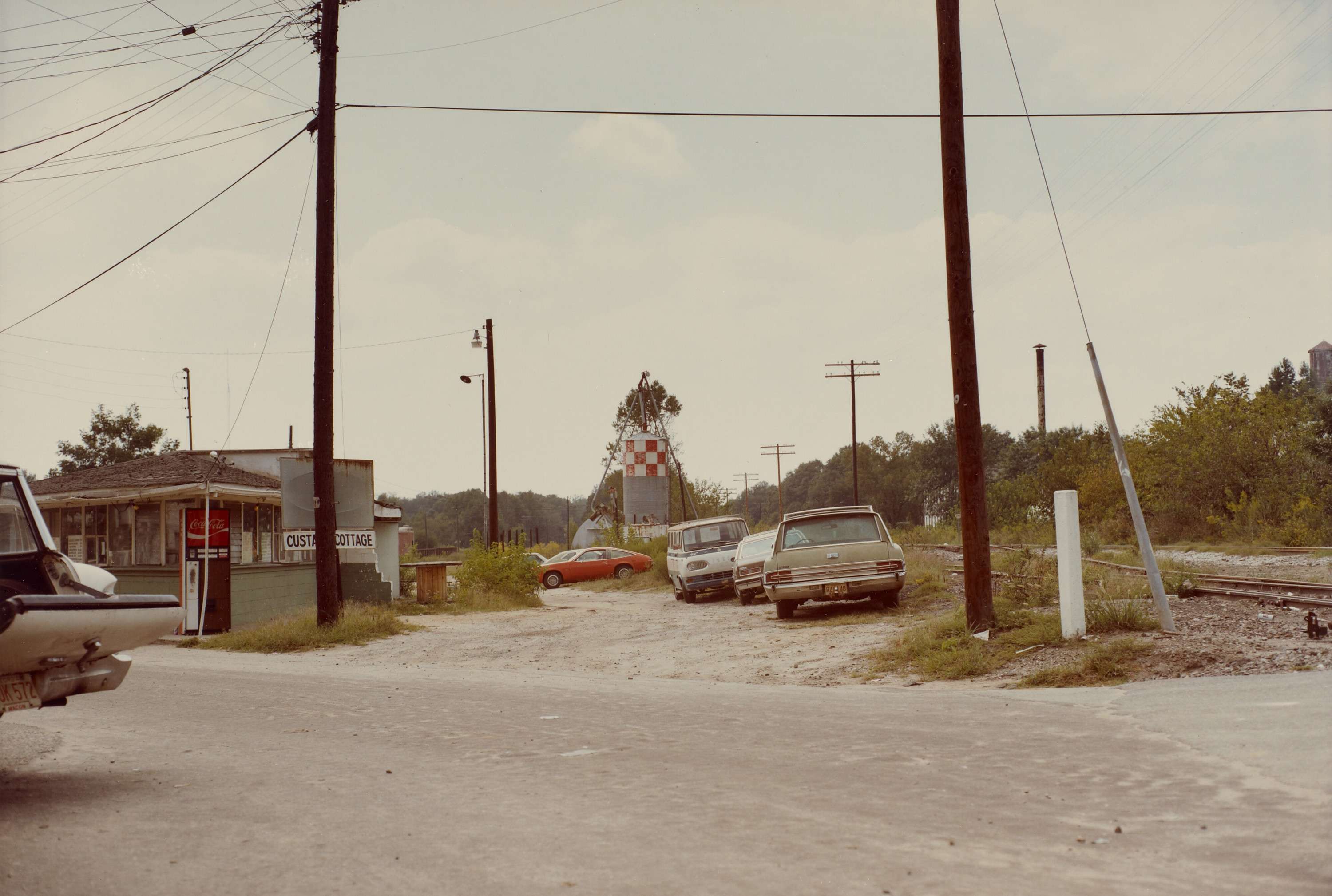
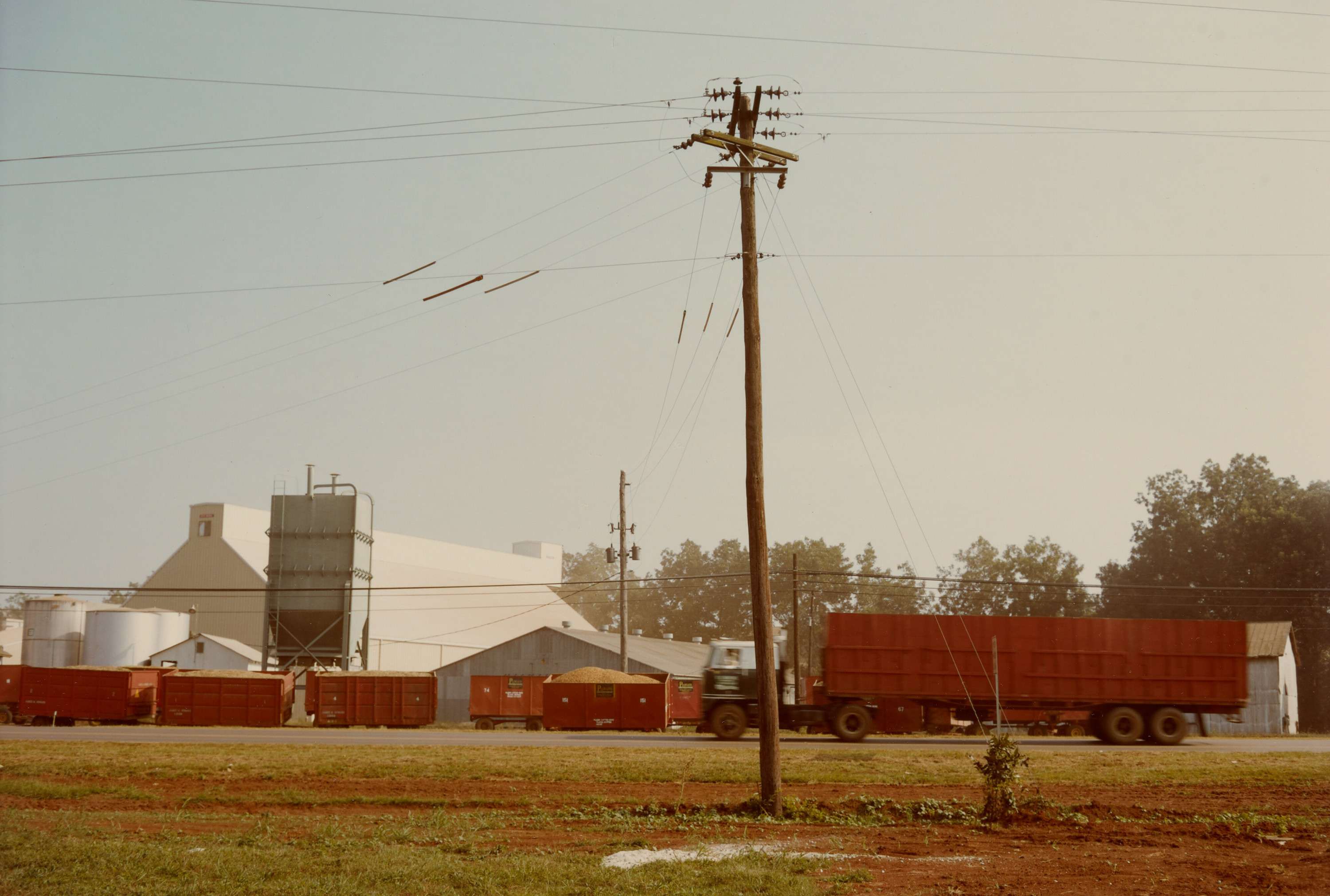
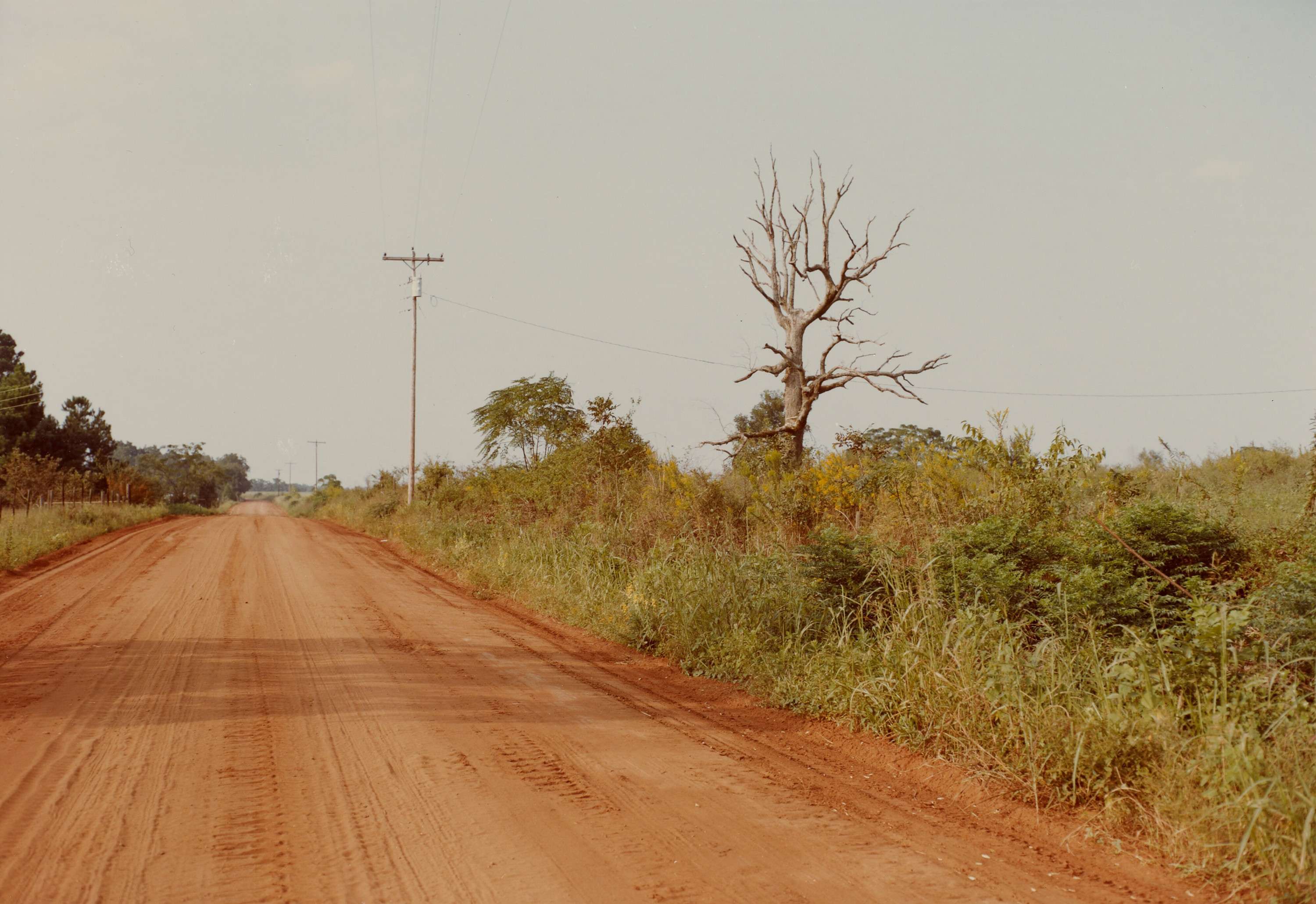
Lieu: Plains GA, USA
Collection: Eggleston Artistic Trust - J. Paul Getty Trust
Text: Lloyd Fonvielle
Publié: Septembre 2022
Catégorie: Photographie
Source